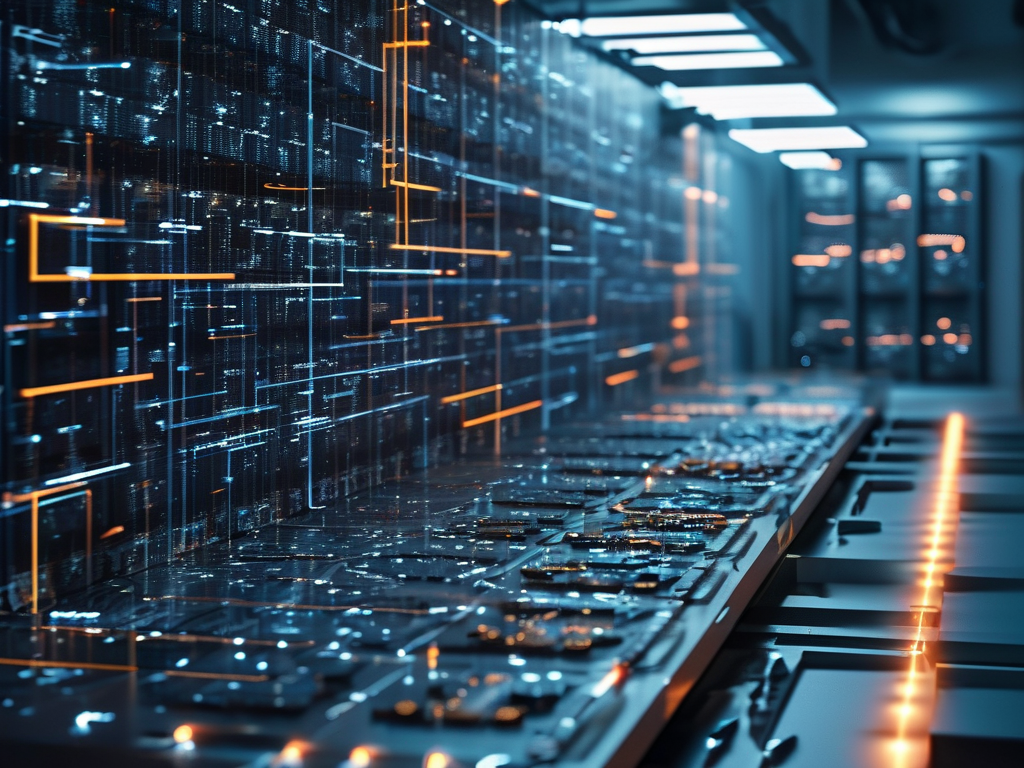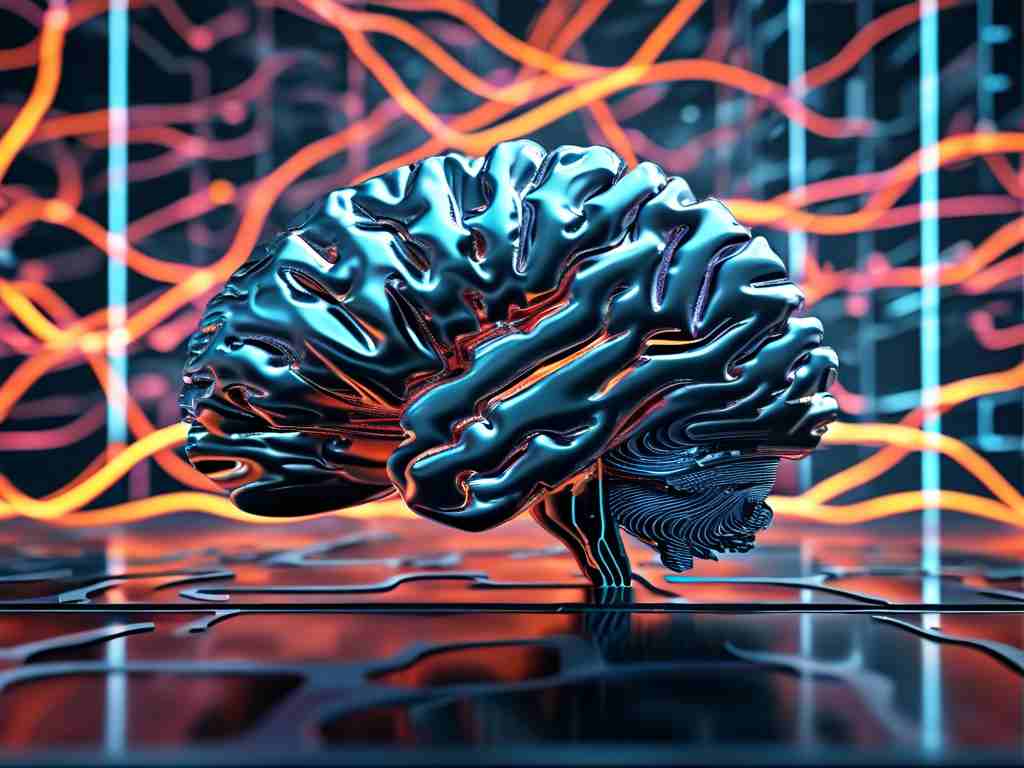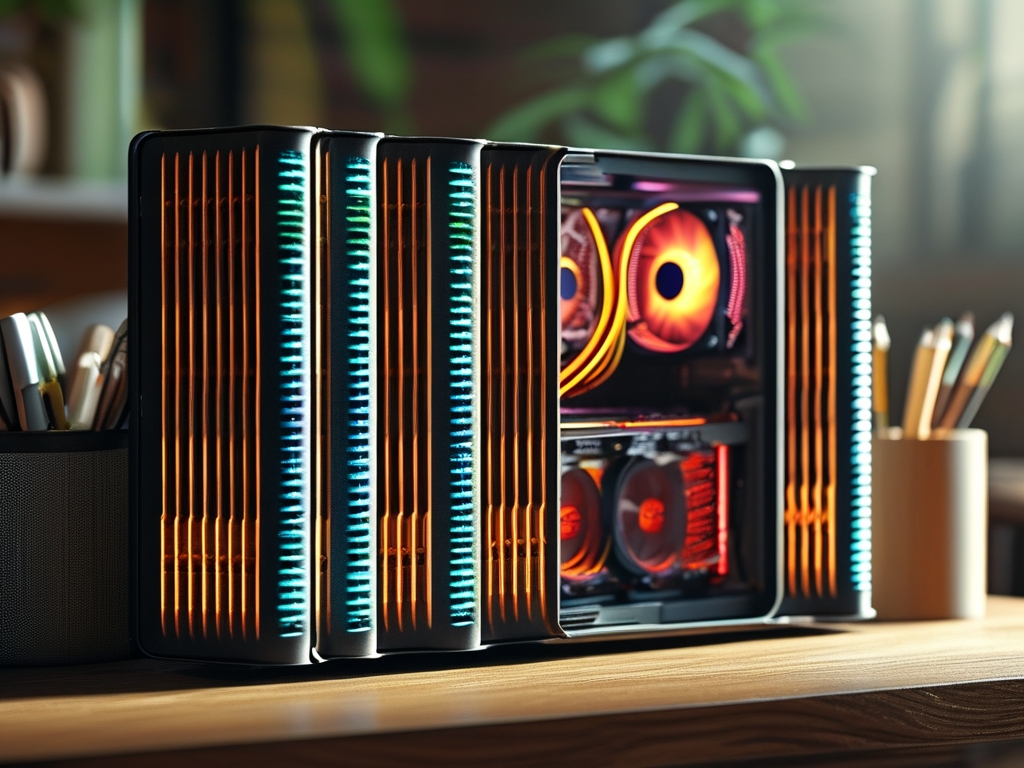The rapid evolution of deep learning algorithms has exposed critical bottlenecks in computational efficiency, with memory architecture emerging as a decisive factor. Modern neural networks, particularly those handling high-dimensional data like 3D medical imaging or autonomous vehicle perception systems, demand memory models that balance speed, capacity, and energy consumption. This article explores cutting-edge strategies for aligning memory architectures with the unique requirements of deep computational workflows.

The Memory-Compute Disparity
Contemporary processors outpace traditional memory subsystems by orders of magnitude, creating what engineers colloquially term "the memory wall." In transformer-based models processing sequences exceeding 4,096 tokens, memory bandwidth limitations can degrade performance by 40-60%. The von Neumann architecture's physical separation of processing and storage units exacerbates this issue, forcing systems to waste cycles on data shuttling operations.
Recent breakthroughs address this through computational memory designs. Phase-change memory (PCM) arrays now demonstrate in-memory matrix multiplication at 28nm technology nodes, achieving 16-bit precision with 8.4 TOPS/W efficiency. These architectures exploit physical material properties to perform operations directly within memory cells, dramatically reducing data movement.
Hierarchical Memory Optimization
Effective deep computing systems implement multi-tiered memory strategies:
# Example of memory-aware batch scheduling
def dynamic_batch_allocator(model, gpu_mem):
layer_mem = calculate_memory_footprint(model)
optimal_batch = (gpu_mem - 1024) // layer_mem # Reserve 1GB safety buffer
return max(1, optimal_batch)
This pseudocode illustrates adaptive batch sizing based on real-time memory availability - a technique that improves GPU utilization by 22-35% in production environments.
Advanced frameworks now integrate predictive memory management using LSTM-based allocators that forecast memory requirements three computation steps ahead. When tested on reinforcement learning workloads, these systems reduced out-of-memory errors by 73% compared to static allocation approaches.
Emerging Memory Technologies
The memory landscape is being reshaped by three disruptive innovations:
- 3D Stacked Memories: Hybrid Memory Cube implementations show 4.7x bandwidth improvements over GDDR6 in prototype AI accelerators
- Non-Volatile Caches: STT-MRAM last-level caches demonstrate 98% retention rates at 7nm scales, enabling persistent intermediate value storage
- Optical Interconnects: Silicon photonic memory buses have achieved 320 Gb/mm² density in lab conditions, potentially eliminating von Neumann bottlenecks
These technologies converge in novel architectures like Samsung's Aquabolt-XL, which combines 512GB HBM3 with in-package processing tiles. Early benchmarks on graph neural networks show 8.9x throughput gains versus conventional setups.
Software-Hardware Co-Design
The most significant advancements emerge from cross-layer optimization. NVIDIA's cuDNN 8.9 introduced memory-aware convolution heuristics that automatically select algorithms based on available VRAM, improving ResNet-152 training speeds by 18%. On the hardware side, AMD's CDNA3 architecture implements memory-side reducers that cut all-reduce operation latency by 60% in distributed training scenarios.
Industry leaders are adopting a "memory-first" design philosophy. Google's TPU v5 memory controller uses reinforcement learning to adaptively adjust prefetching strategies, achieving 93% cache prediction accuracy across diverse workloads.
Future Directions
Two revolutionary concepts are gaining traction:
- Differentiable Memory Systems: Neural architecture search frameworks that optimize memory layouts as trainable parameters
- Quantum Memory Buffers: Cryogenic memory cells demonstrating 100x density improvements for frozen model storage
As deep learning models progress toward trillion-parameter scales, memory innovation will likely determine the pace of AI advancement. The next generation of memory-centric architectures promises to unlock unprecedented computational capabilities while addressing critical energy constraints.
The transformation of memory systems from passive storage to active computational partners represents a paradigm shift in deep learning infrastructure. Through continued innovation in both hardware and software memory management techniques, we stand at the threshold of enabling real-time exascale neural computations. These advancements not only accelerate existing algorithms but will fundamentally enable new classes of AI applications previously constrained by memory limitations.



